
Tires are the vehicle’s connection to the ground. They are arguably the most important piece of equipment you can install on your vehicle as they are responsible for everything moving forward (or any direction, really).
I introduced the Cooper Discoverer AT3 XLT tires in a previous article, discussing its design features and some initial impressions after I installed a set of five in the 285/70R17 variant back in November of 2018.
Well here we are, nine months, 11,500 miles later, and I have some thoughts on the Cooper Discoverer AT3 XLT tires and how they have performed.
Purchase these tires:
- Type: AT – All Terrain
- Size Offerings (17″ Wheel):
- 285/70R17
- 285/75R17
- 295/70R17
- 305/70R17
- 315/70R17
- 37X12.50R17
Prices vary slightly from vendor to vendor and cost is also determined by your selected size. For example, the 285/70R17 is going to cost about $40 more per tire than our factory tire size 265/70R17.

For me, there are a couple of things I look for in a tire when I am considering a new set to throw on the 4Runner: durability and versatility both on and off-road. The Cooper Discoverer AT3 XLT tires have proven capable of fulfilling all of my key requirements in a wide variety of environments.
“4Runner Fitment: The 285/70R17’s that are installed fit well with the 2″ lift on this 4Runner. There is minor rubbing when at full lock in reverse, but only on the mud flap which can be modified. The spare fits snug underneath, clearing the sway bar and hitch receiver.”
Durability
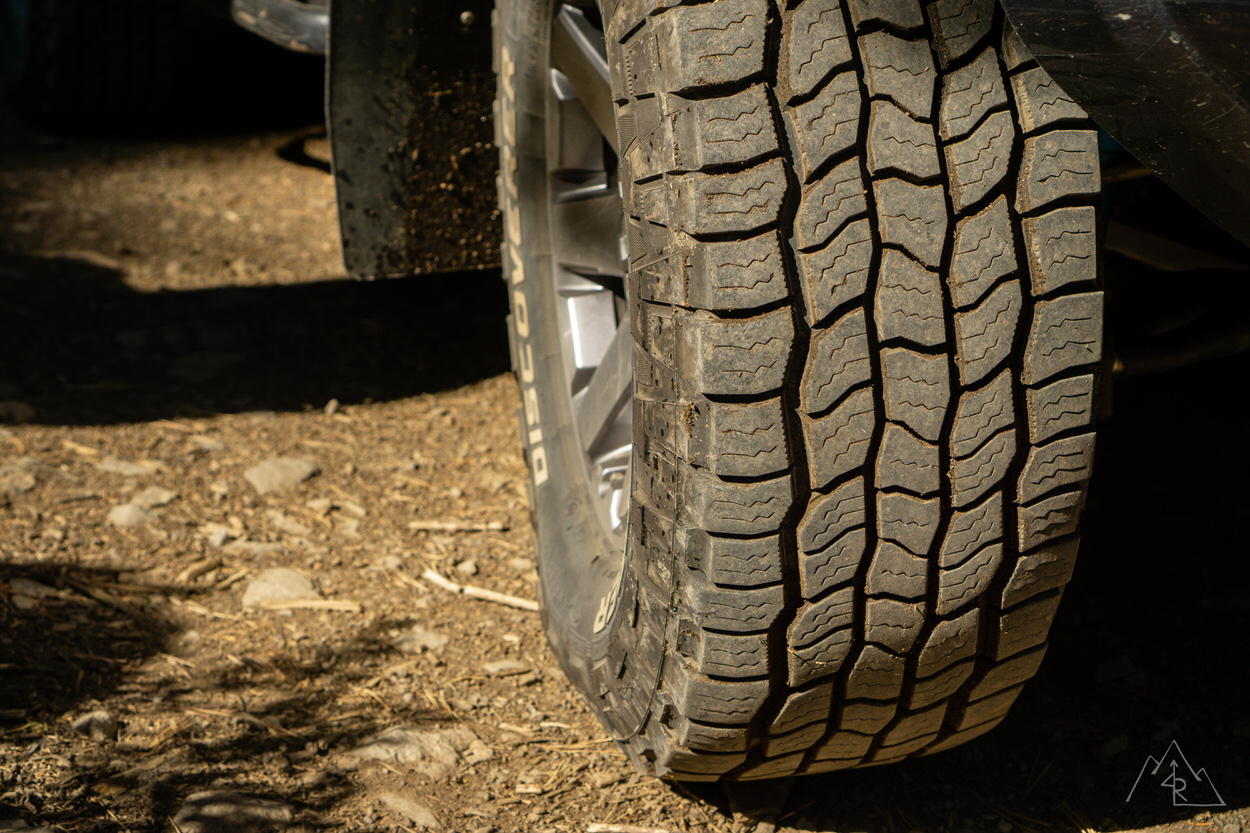
One of the big selling points for me regarding these Cooper tires is that they are designed with some key features to keep them rolling for many tough miles.
Durable Tread Technology™ and Even Wear Arc Technology™ are both used to keep the rubber in serviceable condition by reducing overall tread wear and off-road damages such as chipping and cracking.
Through all of the miles these tires have seen, the overall tread wear has been minimal and even across the surface. At 11,500 miles these tires measure an average of 14/32. Coming from the initial 17/32” tread depth when new, they have averaged about 3/32” of wear in the last 9 months. If replaced at the minimum recommended tread depth of 2/32″, these Coopers still have 80% tread remaining after almost 12,000 miles.
For a vehicle that sees a significant amount of time on dirt aired down, 3/32” wear is more than acceptable for me and I would be happy to get between 50,000 and 60,000 miles out of them at their current wear rate.
Tread Depth For Off-Road Tires

Tread depth is not the only measure of wear on an off-road-oriented tire.
Chipping, cracking and slicing are all common wear factors when dealing with a tire that spends time on dirt. The Coopers have been very resilient to all of these thanks to their tough rubber compounds that resist being eaten away by rocks and gravel.
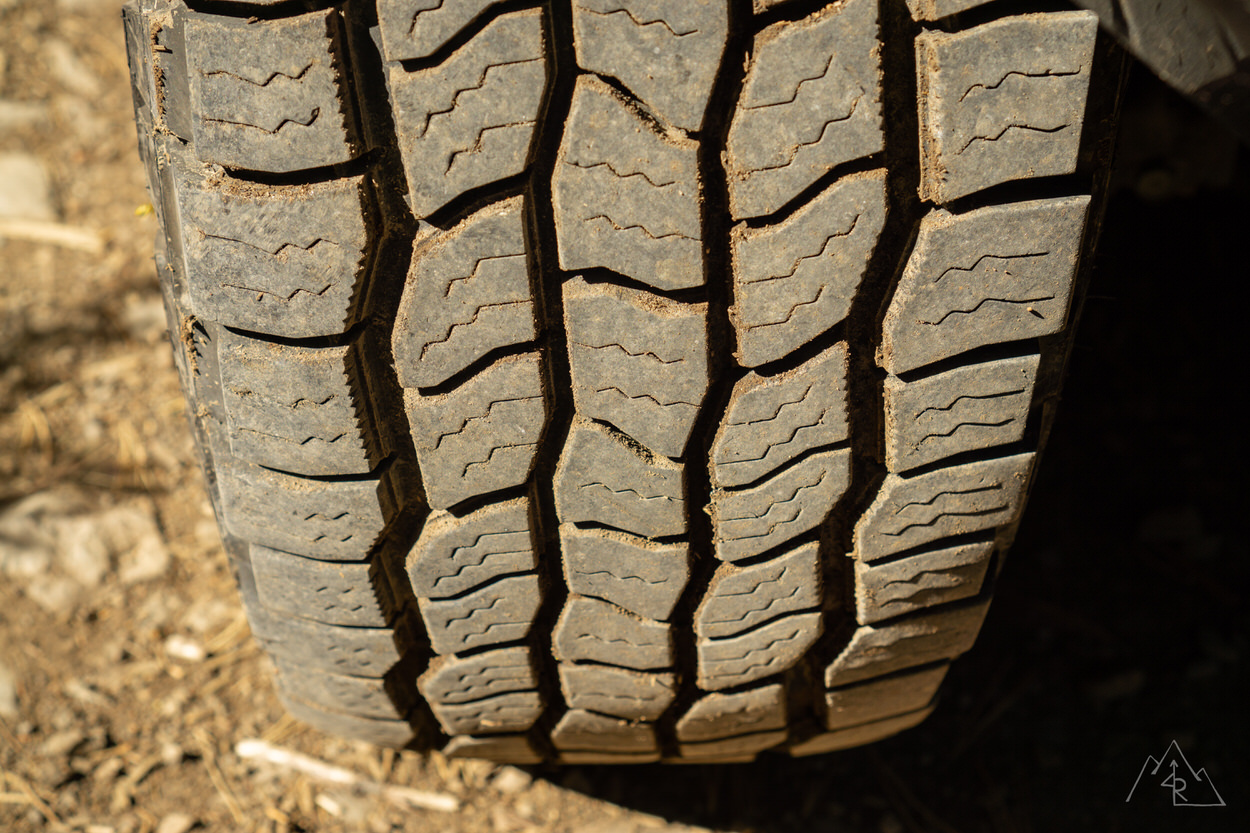
I haven’t been light on them either; from miles of washboard roads in Death Valley to tough loose climbs in the Sierra Nevada range, the tread on these tires show no signs of deterioration outside of normal mileage-based wear.
Versatility

Buying terrain-specific tires can be a daunting task, and it can quickly become a compromise of one quality over another.
For example, buy an aggressive off-road specific tire and you’ll sacrifice on-road drivability and longevity. All of the things that make that tire great off-road can work against it elsewhere. That’s just the way things are.
Similarly, if you stray too far towards a street bias tread design, you’ll reduce your off-road capability dramatically. There is only so much a tire designed for pavement life can do when the terrain gets rough—again, that’s just the way things are.
BUT, there is a fine line to be walked between a capable off-road design and a tire that can withstand the many miles between the pavement and the dirt; the XLT walks…er…rolls that line with balance and precision.
On the Road
Key On-Road Features:
- Noise silencing Whisper Grooves™
- Even Wear Arc Technology™
- Micro-Gauge™ Zig-Zag Siping
- Durable Tread Technology™
- Saw-Tooth Block Edging
I have found the XLT to be everything I want out of a well-rounded all-terrain.
They track smooth and straight on the pavement, and over the course of this review, they have remained quiet from the driver’s seat thanks to the designed Whisper Grooves™ between the tread blocks.
Full disclosure: I haven’t tested this with a decibel meter, but I am known to my wife as being a stickler for any new or changed noises, so we will take that as a scientific reading.
Even Wear Arc Technology For A Smooth Ride
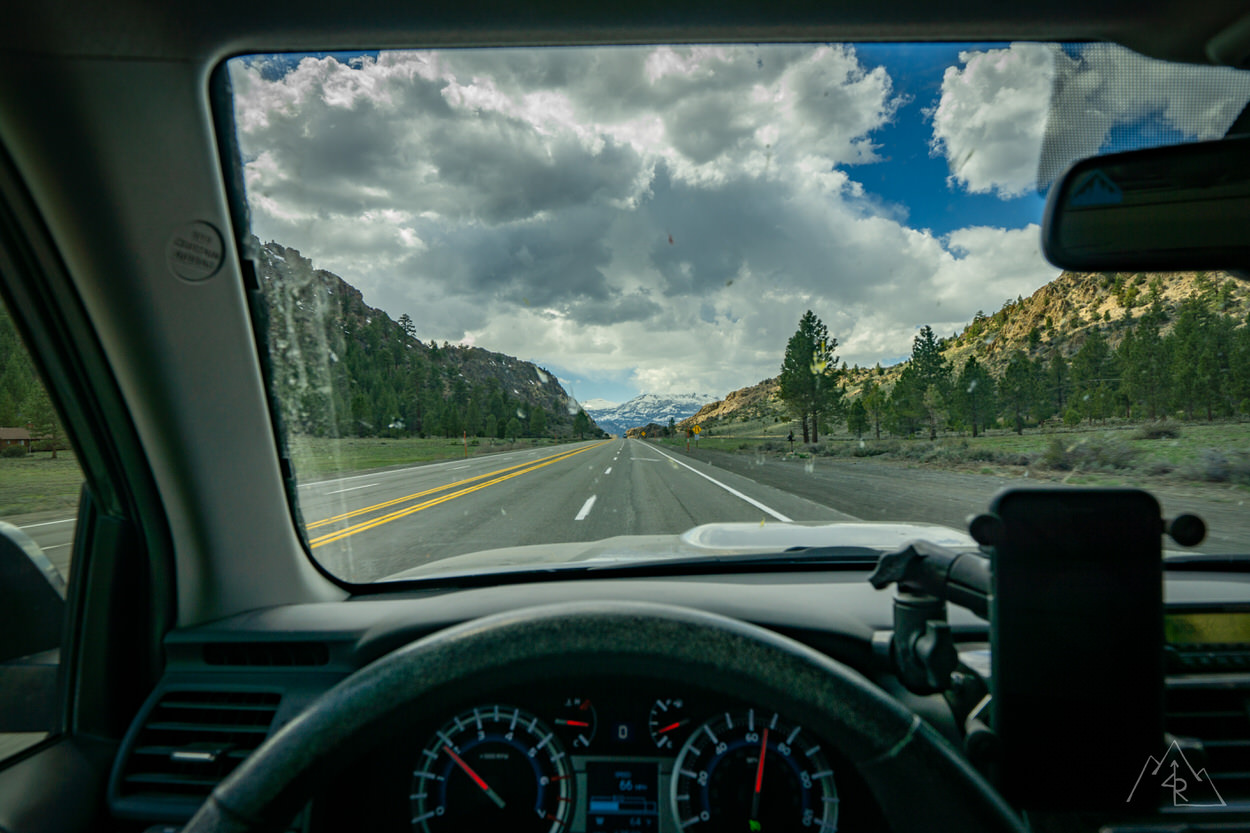
In dry conditions, they corner confidently on winding mountain roads and hold their line during panic stops where some tires will pull one way or the other thanks in part to Cooper’s Even Wear Arc Technology™.
At nearly 40 psi, they do a good job of smoothing out road turbulence here in California where most dirt roads are better than our paved ones.
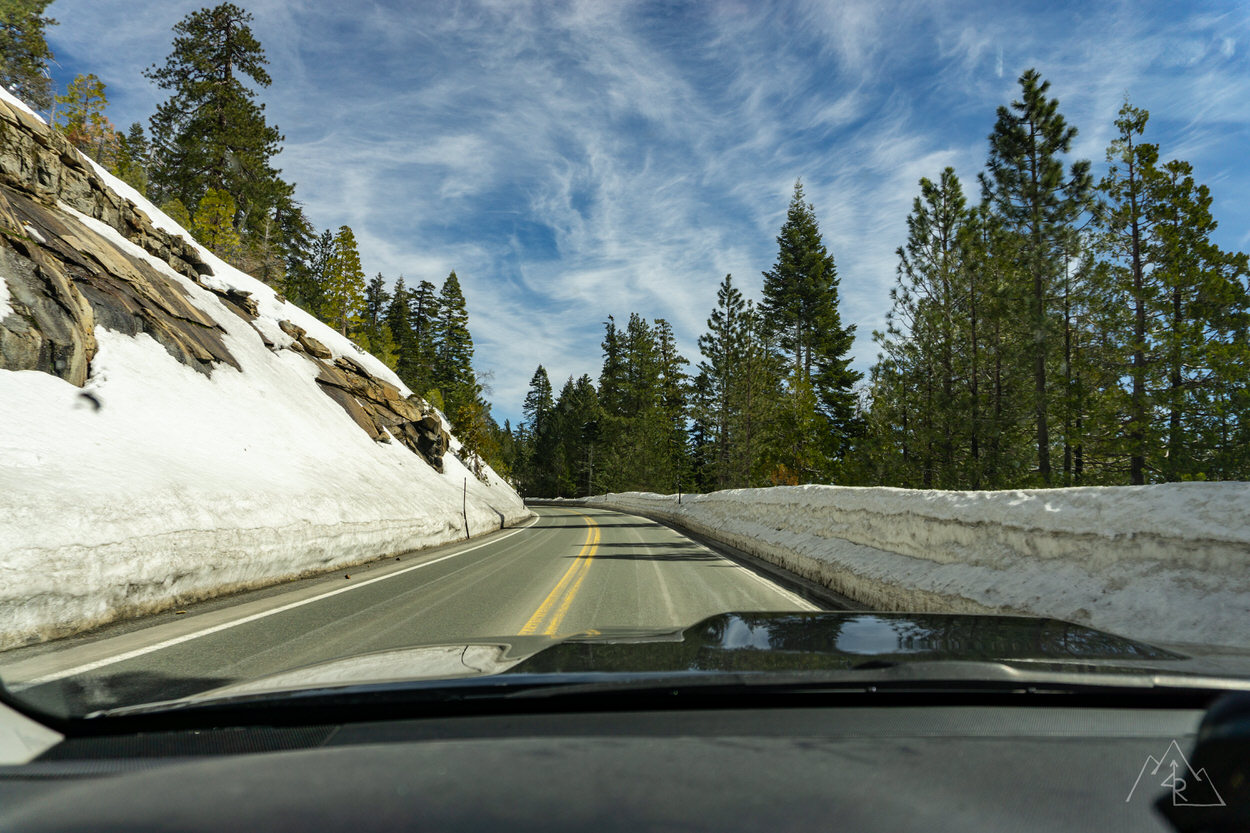
Some of this I attribute to their forgiving yet resilient 2-ply sidewall.
Compared to the 3-ply S/T Maxx, they make smaller bumps and cracks less noticeable, and larger potholes easier to deal with.
Deep Tread Depth For Wet, Rainy Roads
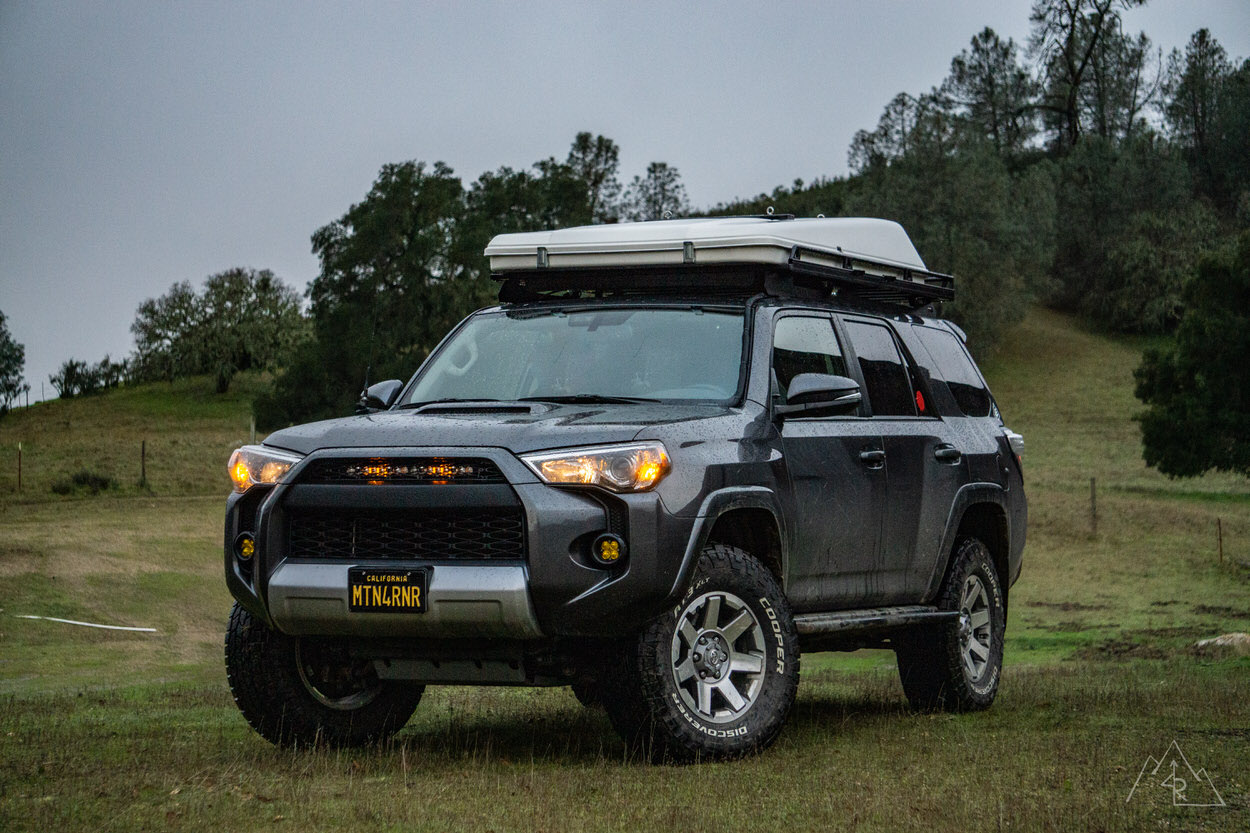
In the rain, they are capable of providing great traction for stopping and maneuvering, making the 4Runner feel planted even in a downpour.
Because of the deep tread depth and Aqua Vac™ design, water flows unrestricted between the tread blocks, eliminating that “I’m floating on water” feeling that comes when hitting standing water at speed.
I won’t stand for a tire that handles poorly in the rain, and thankfully these pass the test. I drive confidently in the wettest conditions with the XLT tires.
Micro-Gauge Zig-Zag Siping For Snow & Slush
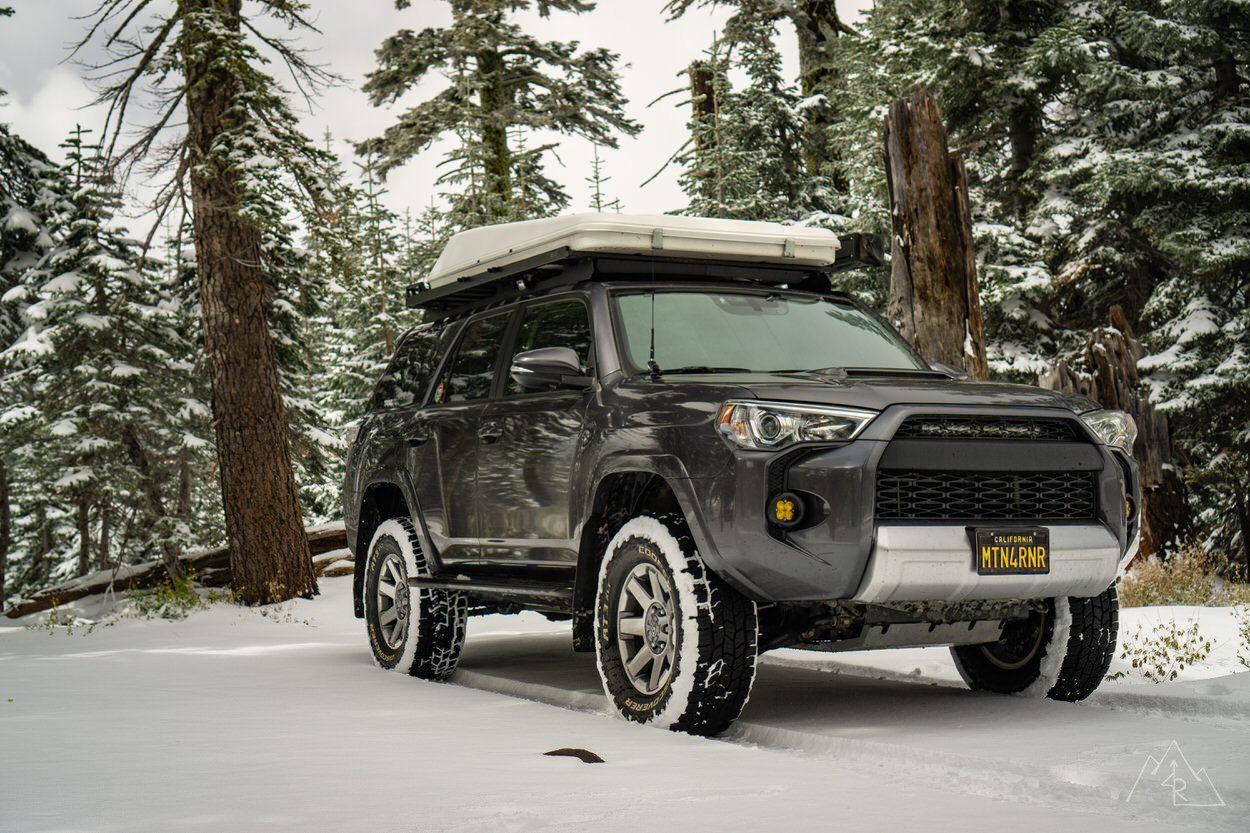
During the winter, when the road is covered in snow and slush, the Coopers perform very well for a non-winter dedicated tire except on solid ice where they, like any non-studded tire, will struggle for traction.
Thorough Micro-Gauge™ siping across the tread and zig-zag patterns on the block edges allows for maximum traction on packed snow surfaces by holding snow within the tread itself. Snow on snow contact is key for winter drivability on a set of tires.
Maximum Traction For Your Winter-Ready Tires
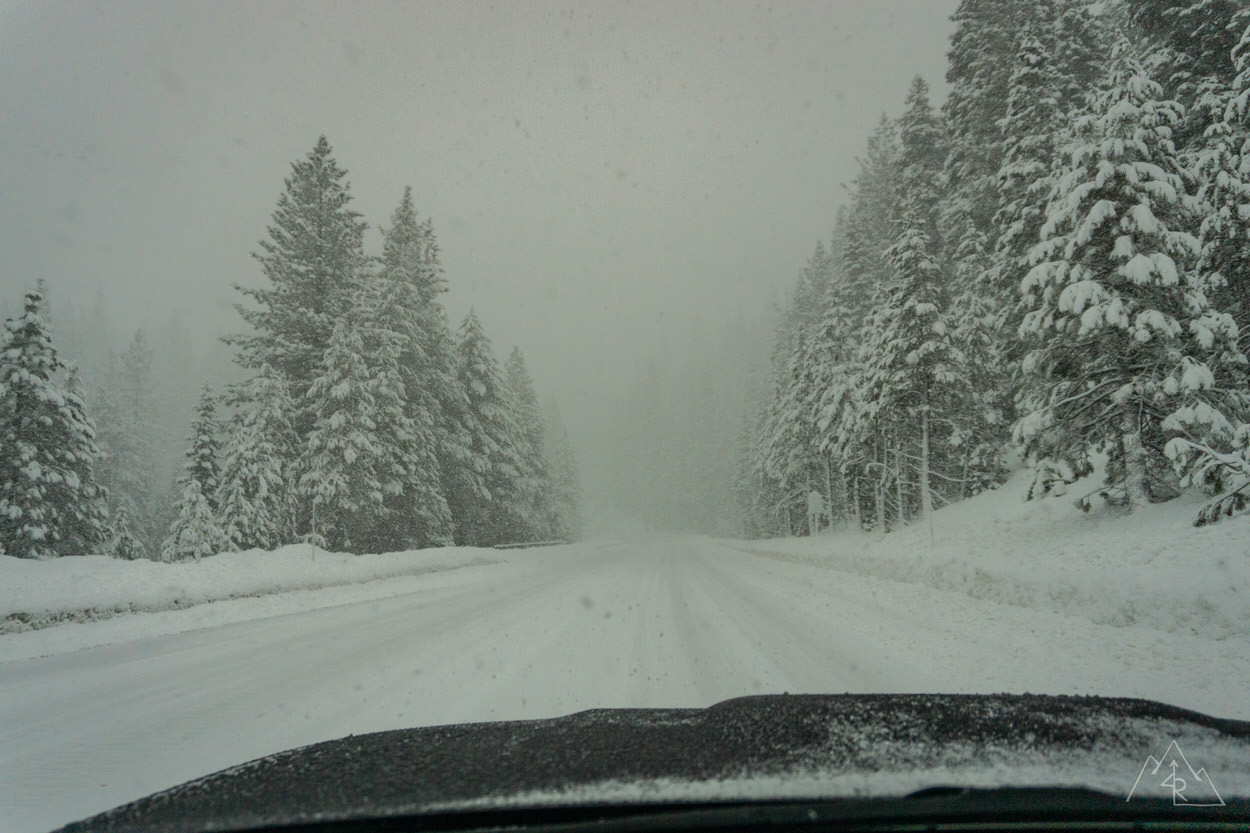
Smart driver choices in winter conditions really allow these tires to shine and get you from A to B with no drama.
Last winter I drove through a few good snowstorms, once on a highway as the last vehicle before they closed the road down due to heavy drifts. Not once did I feel out of control or comfort.
Paired with a modern traction control system these tires deliver superior snow driving abilities in corners and when stopping, only being outperformed by a dedicated winter tire.
Cooper Discoverer AT3 XLT – Off the Road
Key Off-Road Features:
- Rugged traction shoulders
- Deep tread design
- Well-spaced tread blocks
- Tough chip resistant tread compounds
- Designed stone ejector ledges
Outperform Through Sand, Rocks, Gravel or Mud
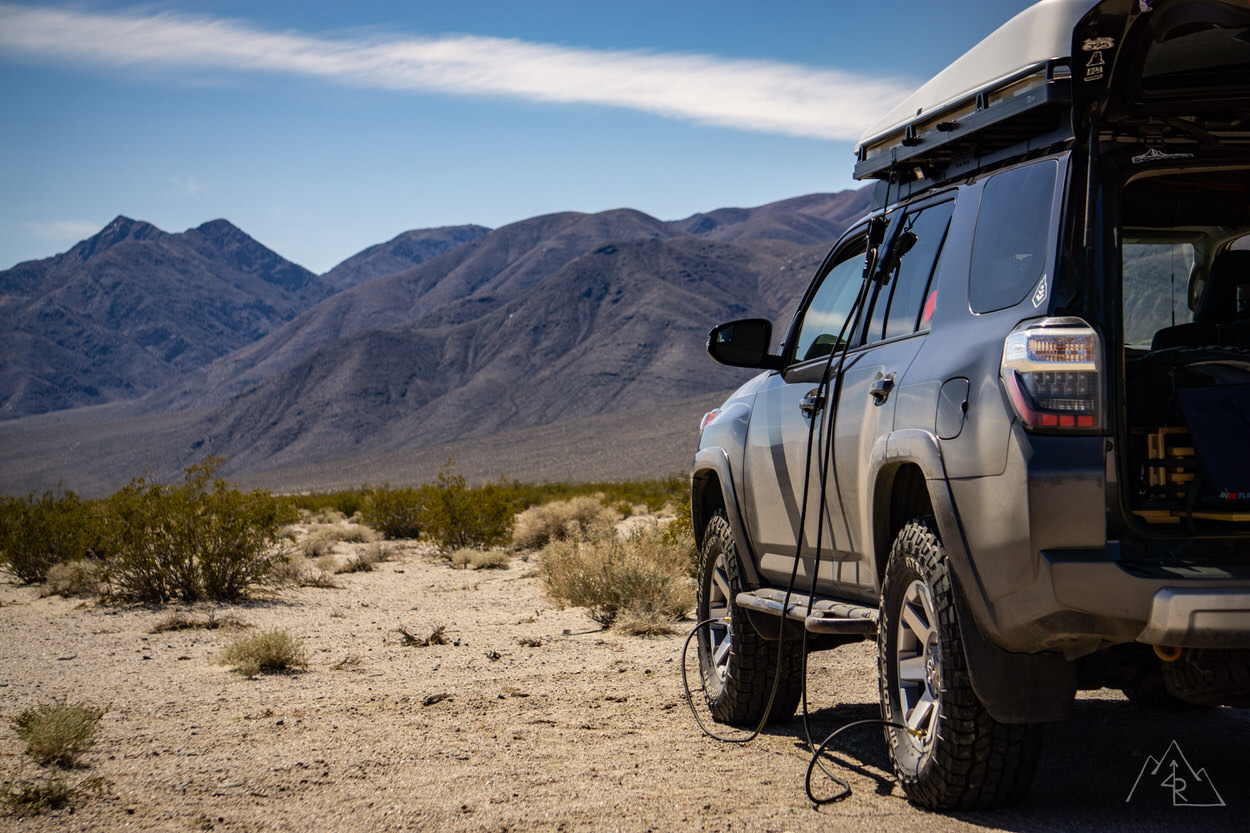
Turn off the beaten path and you’ll find these tires perform very well over varying terrain.
I have beat them up over hundreds of miles of sand, rocks, gravel, mud—you name it. I was never hindered by these tires and I give credit to the superb AT3 design for that.
They really shine when aired down to 18 to 26 psi making use of their aggressive sidewall.
Sidewall Traction For Loose Gravel & Rocky Surfaces
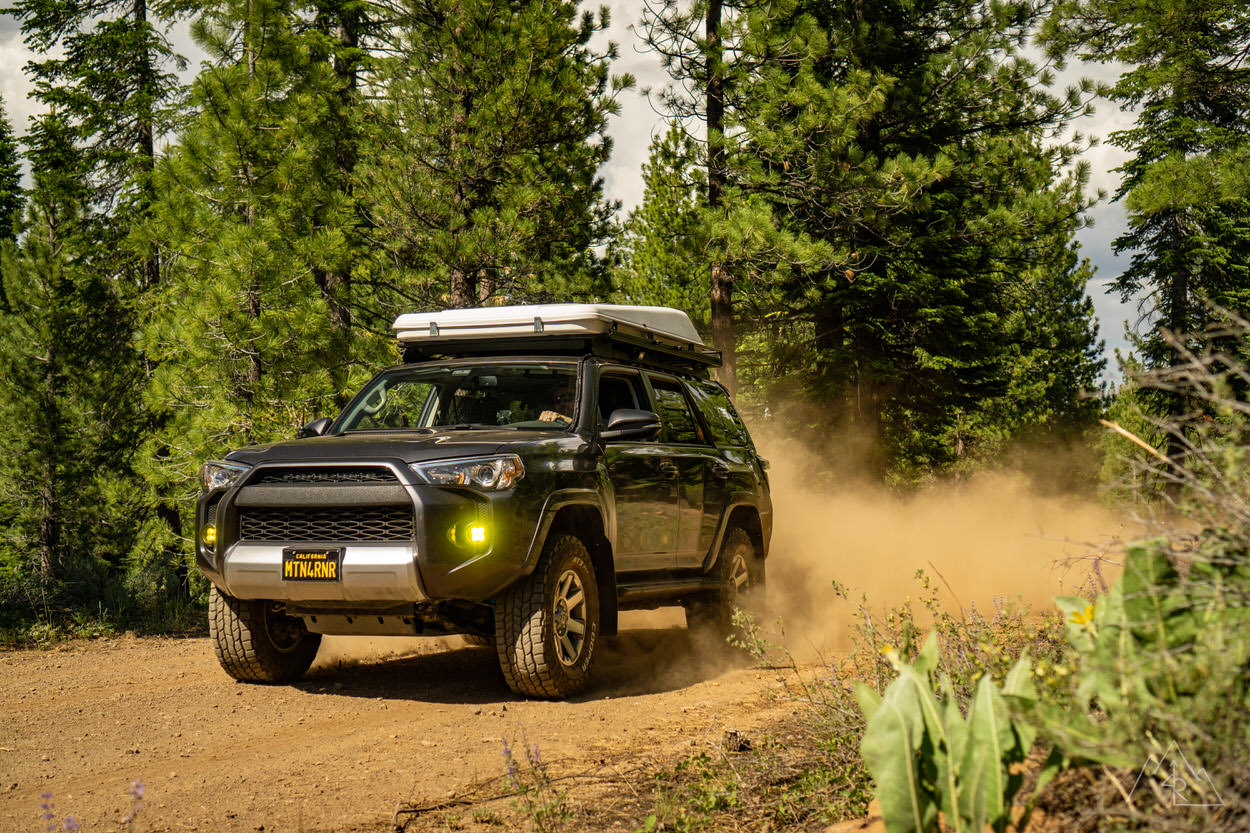
Loose gravel surfaces cover many of California’s forest service and BLM roads.
They range from coarse to fine, washboard to smooth, wide open to two-track. To perform well in these conditions a tire needs to have a combination of excellent sidewall traction from the rugged traction shoulders to handle soft corners and rocks, and solid main tread design to provide traction and protection for the tire itself.
Off-the-Beaten-Path-Ready Traction & Reliability
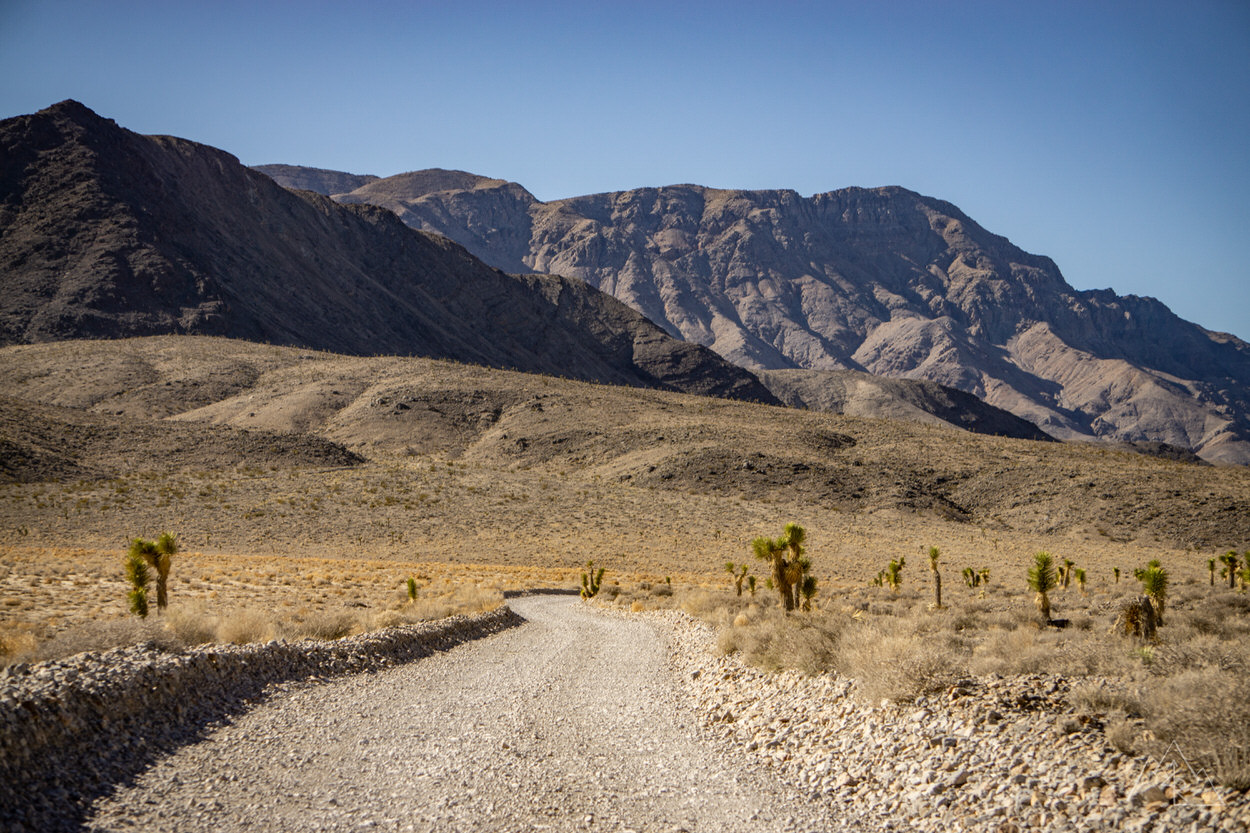
These gravel roads are notorious for causing chipping, especially when speeds exceed 40-50 miles per hour over long distances.
Through all of this, the Coopers have performed very well, providing great traction and reliability for many miles of trouble-free exploring in some of California’s most scenic places.
One thing I have noticed is the tread pattern likes to collect some small rocks that will fling off once you hit the highway.
Not uncommon for an all-terrain tire, and it doesn’t bother me, but it is something to note. I feel that the built-in stone ejectors keep this from being a much more noticeable issue.
I’ll Take a Terrain On the Rocks…
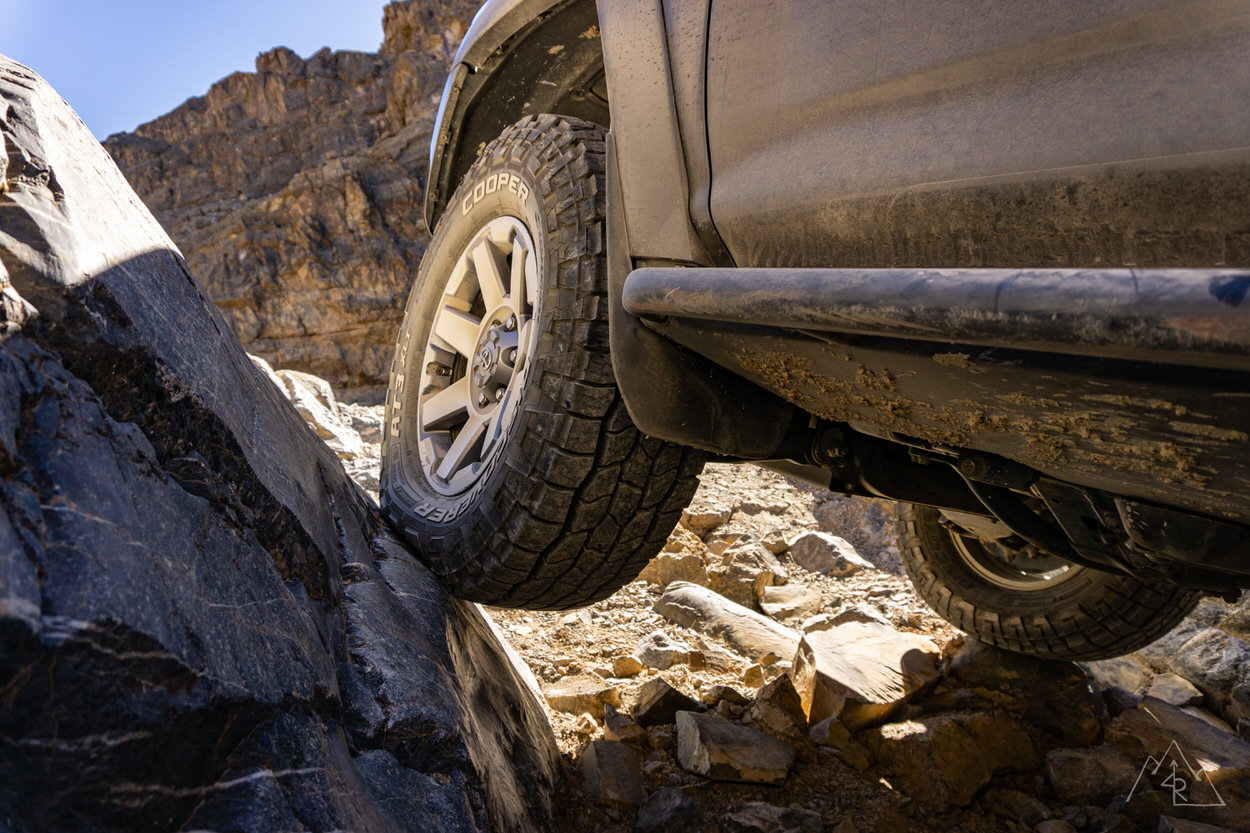
Rock gardens are among the more common and technical features on many popular 4×4 routes.
These AT3s work best aired down to the 18 to 22psi range when the terrain gets rocky. With the combination of lower tire pressure and 2-ply sidewall, the tires are very good at conforming to the rock surface to provide maximum traction to keep you moving forward in the right direction.
Extra Protection With Added Traction
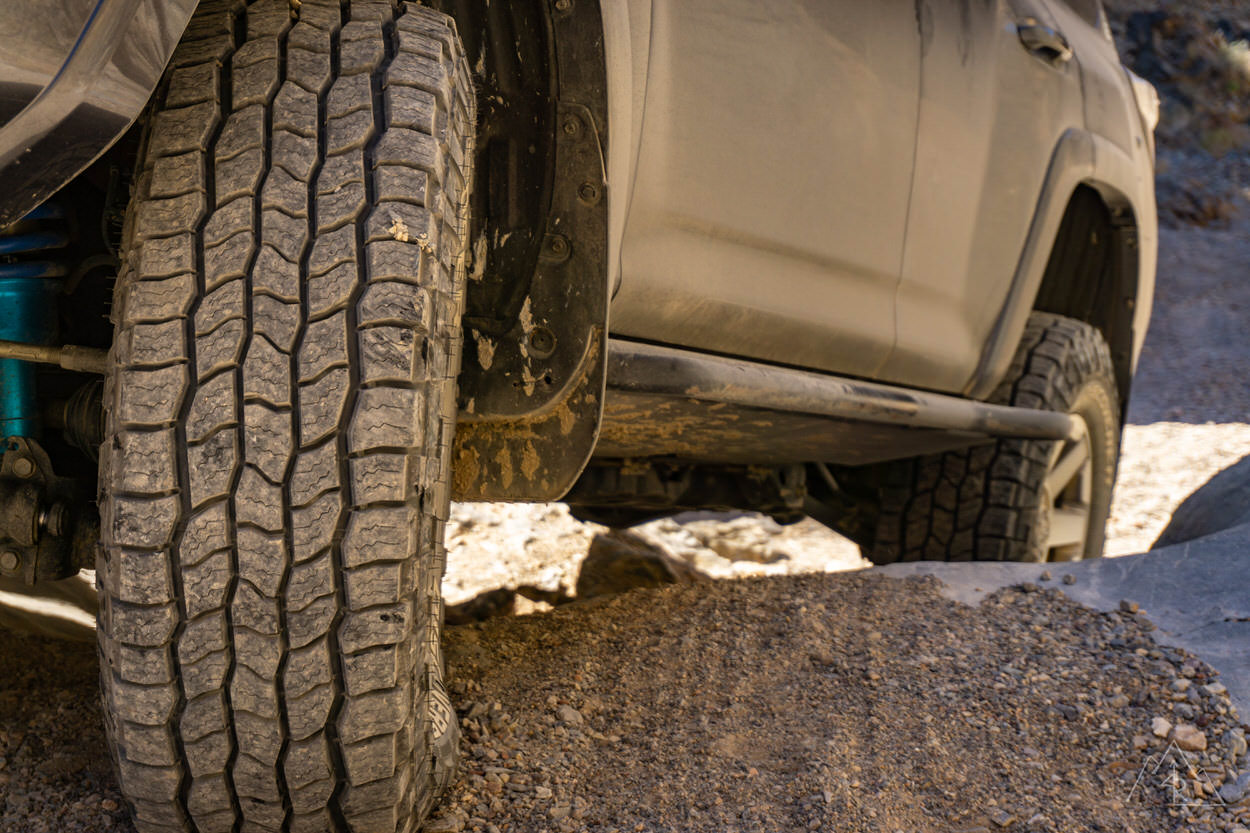
On the “lighter” 4Runner chassis, this is especially important because a tire with too stiff of a sidewall won’t flex as well and traction will suffer.
Again, the XLT’s beefy sidewall really helps with extra traction that would normally be lost in a conventional all-terrain tire.
The extra rubber on the side of the tire really adds to the durability of the tire, protecting the more vulnerable sidewall from a slice or puncture through even the rockiest of sections.
Deep Tread Design For Mud & Sand
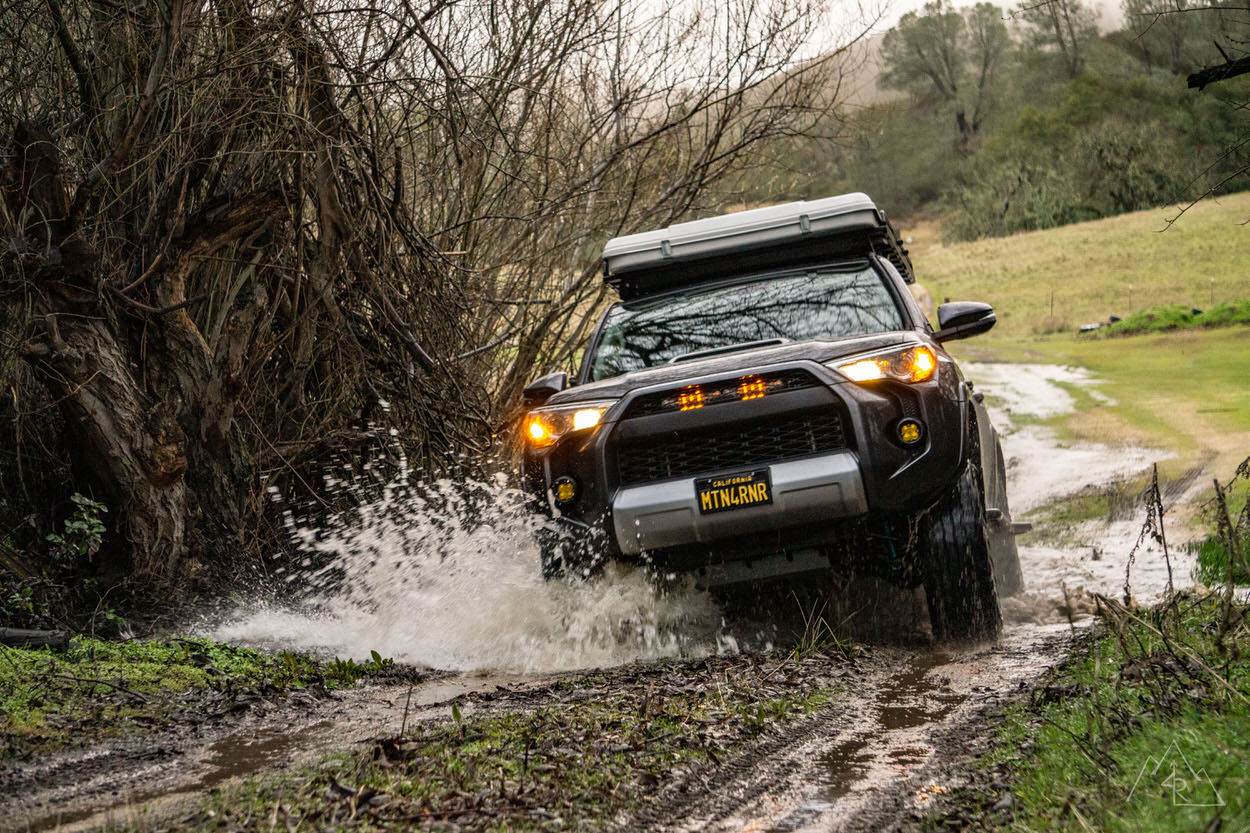
Mud and sand are two different terrain elements that behave similarly, requiring both traction and floatation to get though.
In sand at lower pressures, the XLT does a good job providing floatation to keep the 4Runner on top of the sand and out of trouble.
Thanks to the deep tread design and the added grip points from the rugged traction shoulders, the Coopers do a great job of providing a large contact patch for moving material through and out of the tire. This is crucial in sandy or muddy conditions.
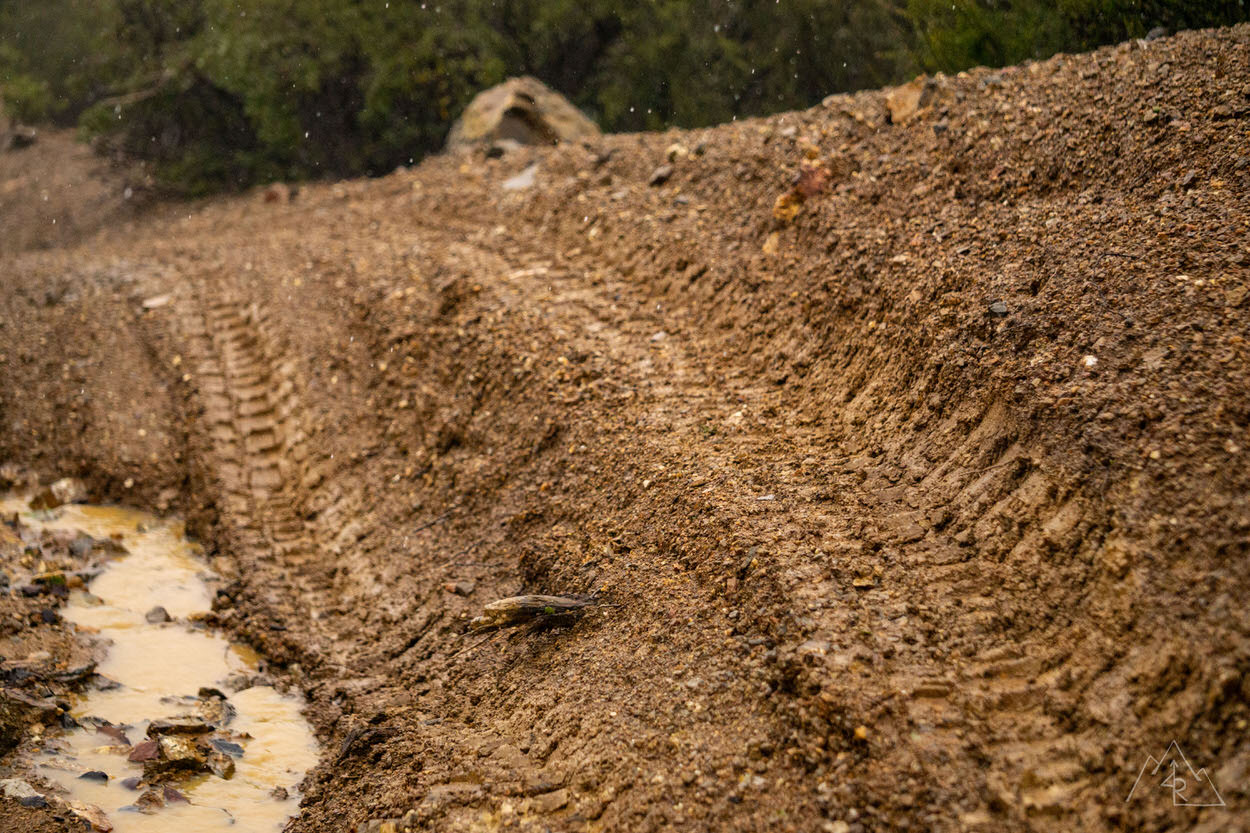
Now, I will admit that I am not one for excessive mud, but sometimes a patch of the slippery stuff can get between you and a great campsite.
At a lower tire pressure, the AT3 tread design does a good job clearing the voids with a bit of wheel speed. If things get really sticky, thick clay mud, nothing but a mud tire will help you; these tires are good, but they won’t do what they aren’t designed to do.
Keep that in mind before diving into the deep end of the bog pit with them.
The Trail Takeaway
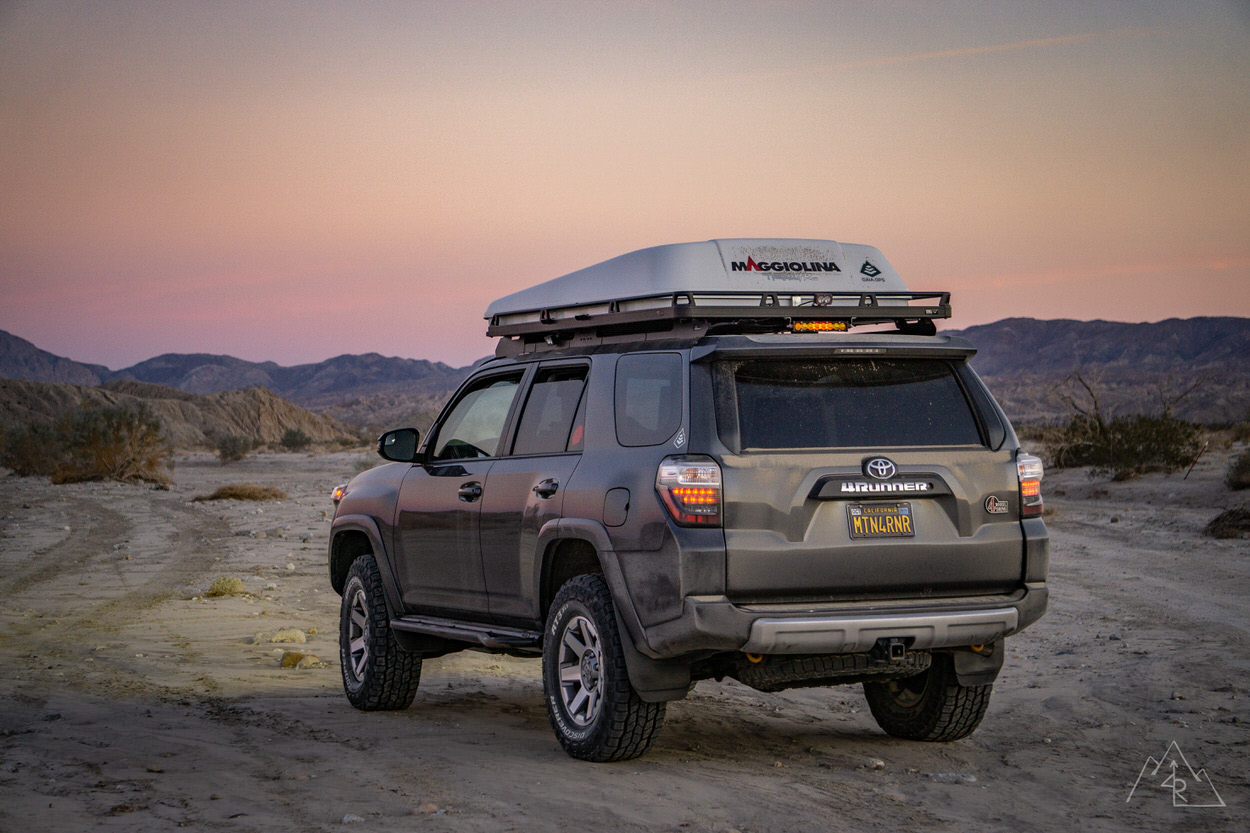
I was hesitant at first to move away from my proven S/T Maxx to a more all-terrain style tire.
I couldn’t have been more wrong; Cooper hit the nail on the head with this tire design. It has all of the makings of their trademark AT3 tread design, with additional ruggedness that makes it tough enough for the avid outdoor enthusiast who needs to get to, through, and home from the trail without fail.
They have been a reliable performer, balancing road and dirt duties with little to no fuss through everything I have asked of them. I have liked them so much, that I put them on my nine to five work truck which sees almost 20,000 miles per year of commuting, hauling and towing heavy loads.
On the heavier full-size truck, they perform very much the same as on the 4Runner, which adds to this tire’s versatility in the range of vehicles they’ll work well on.
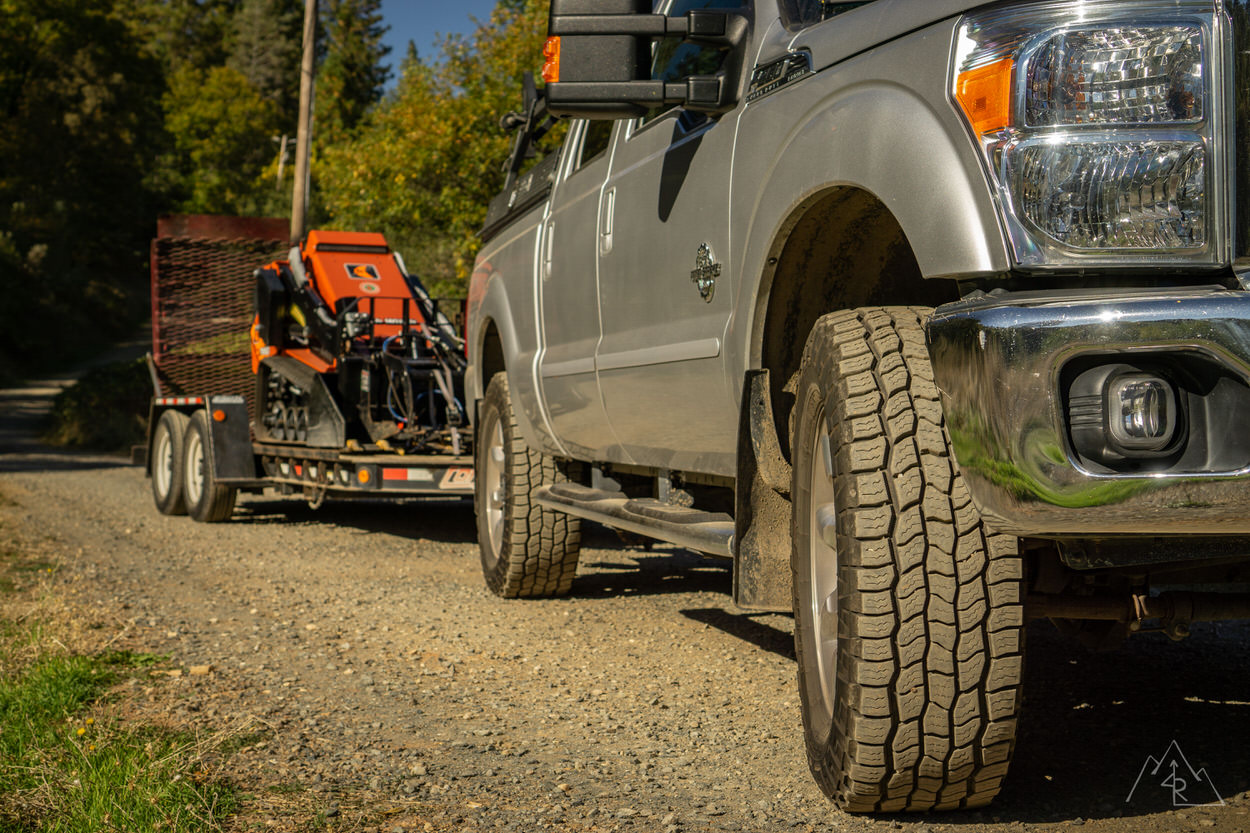
I do wish that they offered more key sizes in this particular model, namely a 255/80R17 version that is currently offered in the S/T Maxx. But the footprint of the 285/70R17 that I have been using has been a good match for the 4Runner, so there isn’t much room for complaining on my end.
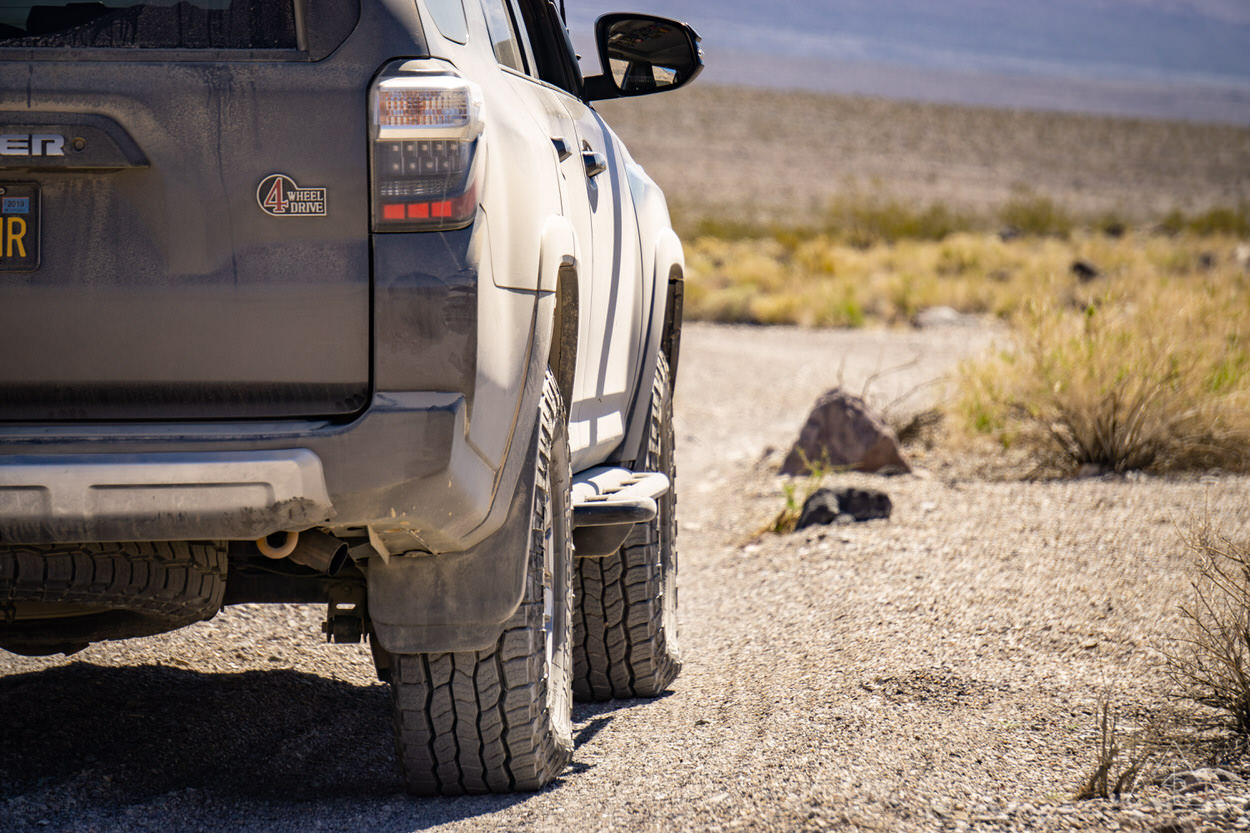
Final Thoughts
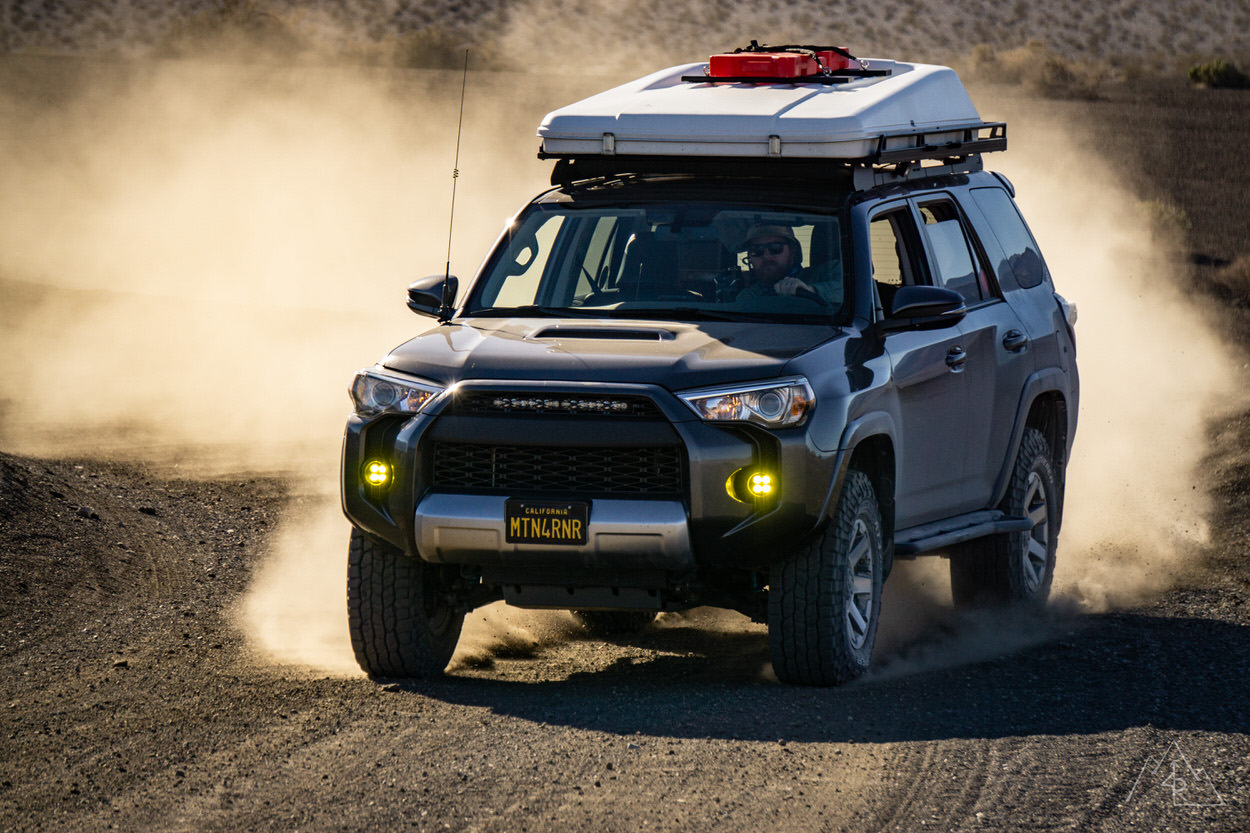
The Cooper Discoverer AT3 XLT has proven to be a solid choice for the 4Runner enthusiast, all while showing me that there is hope for an all-terrain tire that is tough enough to keep me moving forward no matter the terrain.
For more information on the Discoverer AT3 XLT, click here to visit the Cooper website!



“4Runner Fitment: The 285/70R17’s that are installed fit well with the 2″ lift on this 4Runner. There is minor rubbing when at full lock in reverse, but only on the mud flap which can be modified. The spare fits snug underneath, clearing the sway bar and hitch receiver.”
In this instance is the 2″lift the same as a 2″ leveling kit?
Thanks for this write up Max! Have been boggling my brain over the past few days while my 4runner is in the shop from a deer. Deer blew out the driver side tire (valve stem) but after putting a lift on the week prior and being due for some new wheels and tires already, it’s was back to tire research (wheels not in the budget right now) . I just had a dobinsons kit installed 3”/2.5”. Your article is full of great information. After much deliberation I just ordered some 285’s.
Thanks for the great write up! It was tough to choose this vs. the ST MAXX but I went with the AT3’s and so far have been very impressed. I appreciate your inclusion of the Ford Super Duty at the end as well, since I have the same combo: 4Runner + Super Duty and the Super Duty is do for new tires as well. Again, ST MAXX vs AT3 so looks like AT3!
They’re a great tire, I hope you enjoy them! — Max
Excellent review, thanks for posting. I wish I had read this prior to my purchase. I really do like my ST Maxxes, but between the chunking and noise I think the AT3 would have been a better choice for me. For what it is worth, the ST Maxx absolutely destroys the K02 in performance, only being slightly louder and having similar wet traction. Traction and handling in all other conditions is much improved. In 100 miles on the rocky high speed prerunner track, I shredded my Raptor’s K02s – the ST Maxxes have notable increased siping width and some sidewall chunking, but are holding up much better, tho not quite as well as I’d hoped.
The unfortunate thing about having bought the ST Maxx is no other tire looks as good – even the AT3 looks tame compared to it.
Awesome looking rig! Thanks for the write up. Question about size, do you run wheel spacers with your 285s and did you have to max out your caster to avoid major rubbing on the front mud flaps? And how is rubbing in the back? Lastly, do you have a 2 inch lift in both the front and rear? I want to go 285, but haven’t wanted to do BMC, remove mud flaps etc, because I like the look and function of them, but I want to get away from my stock sized tires. Thank in advance.
Hi Rob, did you ever find an answer for this? I’m in the same boat.
No but I ended up just getting these tires anyway in 285/70/17 with stock rims as shown above on my Trail edition. Have a 2.5 / 1.5 dobinsons lift. After many miles I’ve had zero issues, no rubbing, no need to remove mud flaps, no need for any chopping etc. I have stock UCA, and no alignment issues, if you don’t mind running a little out of spec for caster. Handles just fine.
Great write up Max! Been waiting for this long term review since your previous article. I just took the plunge and ordered some of these in 285’s for my 4Runner and cant wait to test em out!
Kelyn, did you purchase the AT3 XLT and if so how do they ride? I’m ready to replace my worn K02’s soon and am interested to know if these tires ride real stiff.
Hey Cris,
yeah I bought a set of AT3 XLT’s. I’ve put about 8k miles on them. probably 1500 to 2000 on trails and the rest on the road. I love the tires. They ride smoothly, and I think they’re noticeable quieter than my friends KO2’s.
My experience is that they ride well for an E-rated tire thanks to the 2-ply sidewall. They will be stiffer than a C-rated tire, but that will be the same for any E-rated tire.
Kelyn // Excellent! Glad that this was able to help you finalize the investment! Enjoy them!